The Northern Plains Chapter Notes | Social Studies Class 4 ICSE PDF Download
Introduction
The Northern Plains are a big flat area in the northern part of India. They are located south of the tall Himalaya mountains. This chapter tells us about the states and union territories in this area, like Punjab, Haryana, Delhi, Uttar Pradesh, Bihar, West Bengal, and Assam. We will learn about their cities, rivers, trees, crops, and climate. The Northern Plains are very important because they grow a lot of food, so they are called the "Food Bowl of India".
States and Union Territories (UTs) of the Northern Plains
The Northern Plains have many states and union territories (UTs). The states are Punjab, Haryana, Uttar Pradesh, Bihar, West Bengal, and Assam. The union territories (UTs) are Delhi and Chandigarh.
- Landforms: The Northern Plains are mostly flat land. There are very few small hilly areas in this region. The soil here is very good for growing crops.
- Climate: The Northern Plains have hot summers and cold winters. They get a lot of rain during the monsoon season.
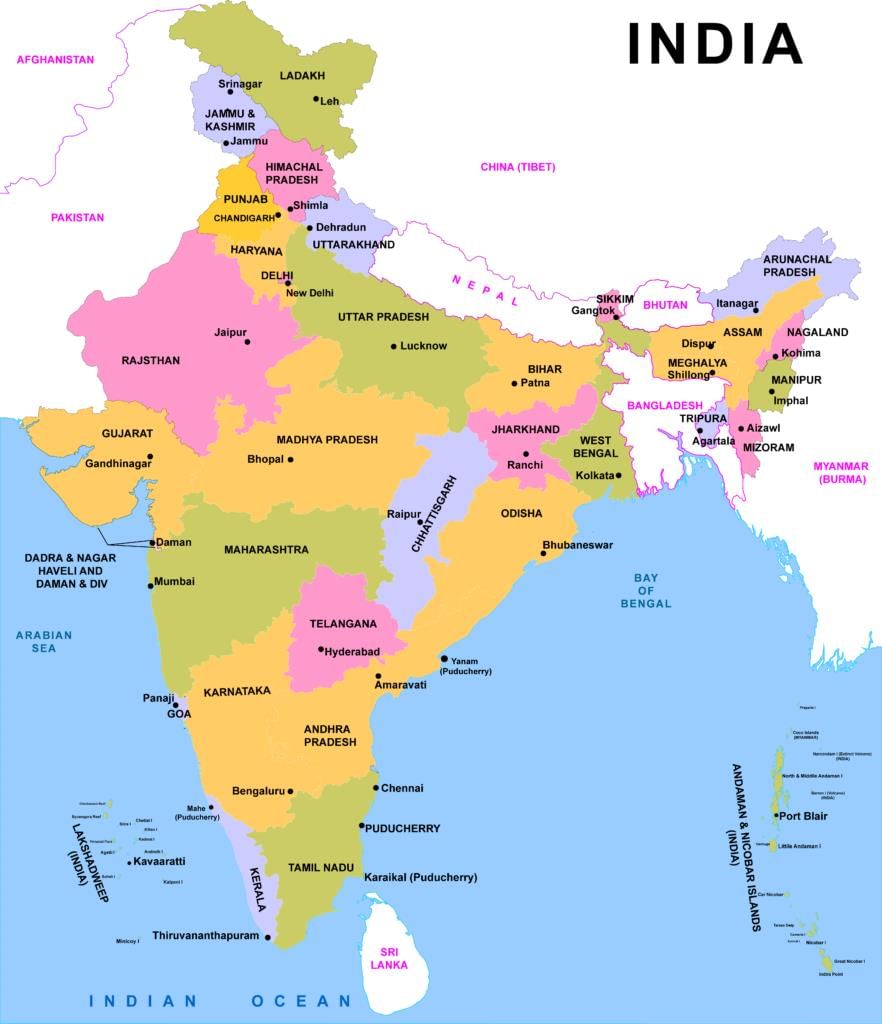
Punjab
Punjab is in the north-western part of India. Its neighbouring states are Jammu and Kashmir, Himachal Pradesh, Haryana, and Rajasthan.
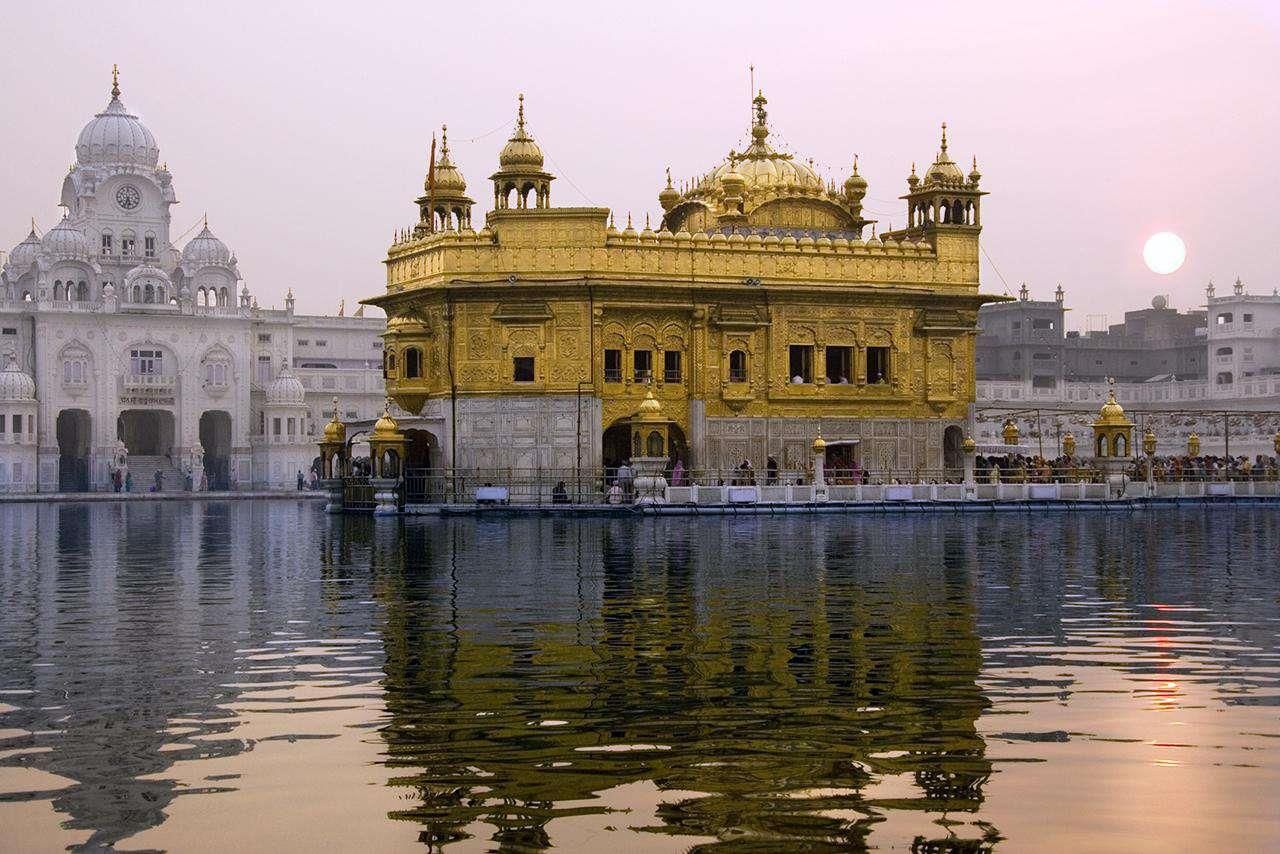
- Capital and Important Cities: The capital of Punjab is Chandigarh. Other important cities are Mohali, Ludhiana, Amritsar, and Jalandhar.
- Rivers: The major rivers in Punjab are Satluj, Ravi, and Beas.
- Vegetation: Punjab does not have thick forests. The trees that grow here are shisham, kikar, eucalyptus, and khair.
- Agriculture: The main crops in Punjab are wheat, rice, sugarcane, maize, mustard, barley, cotton, and potatoes.
Haryana
Haryana is in the north-western part of India. Its neighbouring states are Himachal Pradesh, Uttarakhand, Rajasthan, Uttar Pradesh, Delhi, and Punjab.
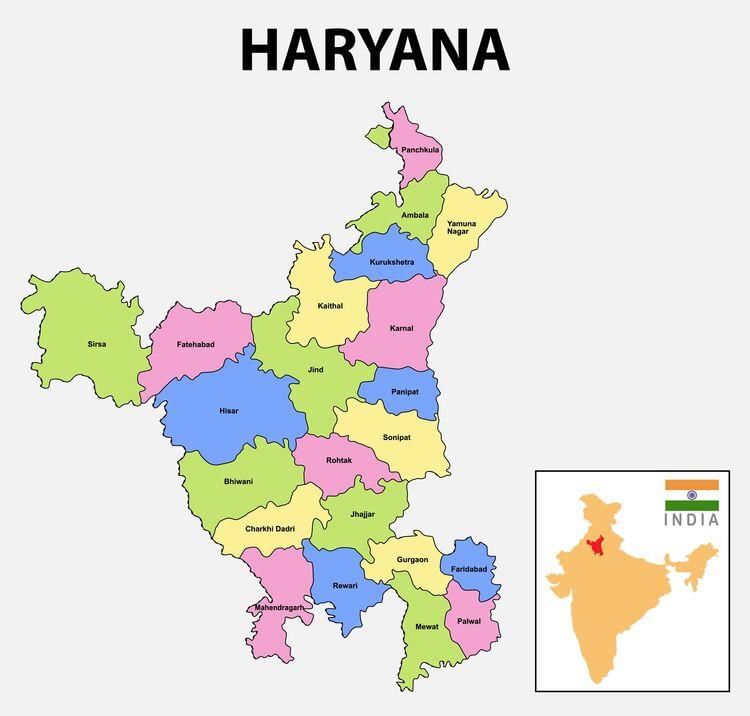
- Capital and Important Cities: The capital of Haryana is Chandigarh. Other important cities are Faridabad, Gurugram, Ambala, and Rohtak.
- Rivers: The major rivers in Haryana are Yamuna and Ghaggar.
- Vegetation: Haryana has a small area under forest cover. Common trees in Haryana are neem, keekar, safeda, shisham, peepal, and beri.
- Agriculture: The main crops in Haryana are wheat, rice, sugarcane, maize, mustard, barley, cotton, and potatoes.
Chandigarh (UT)
Chandigarh is a Union Territory of India. It is the capital of both Haryana and Punjab states.
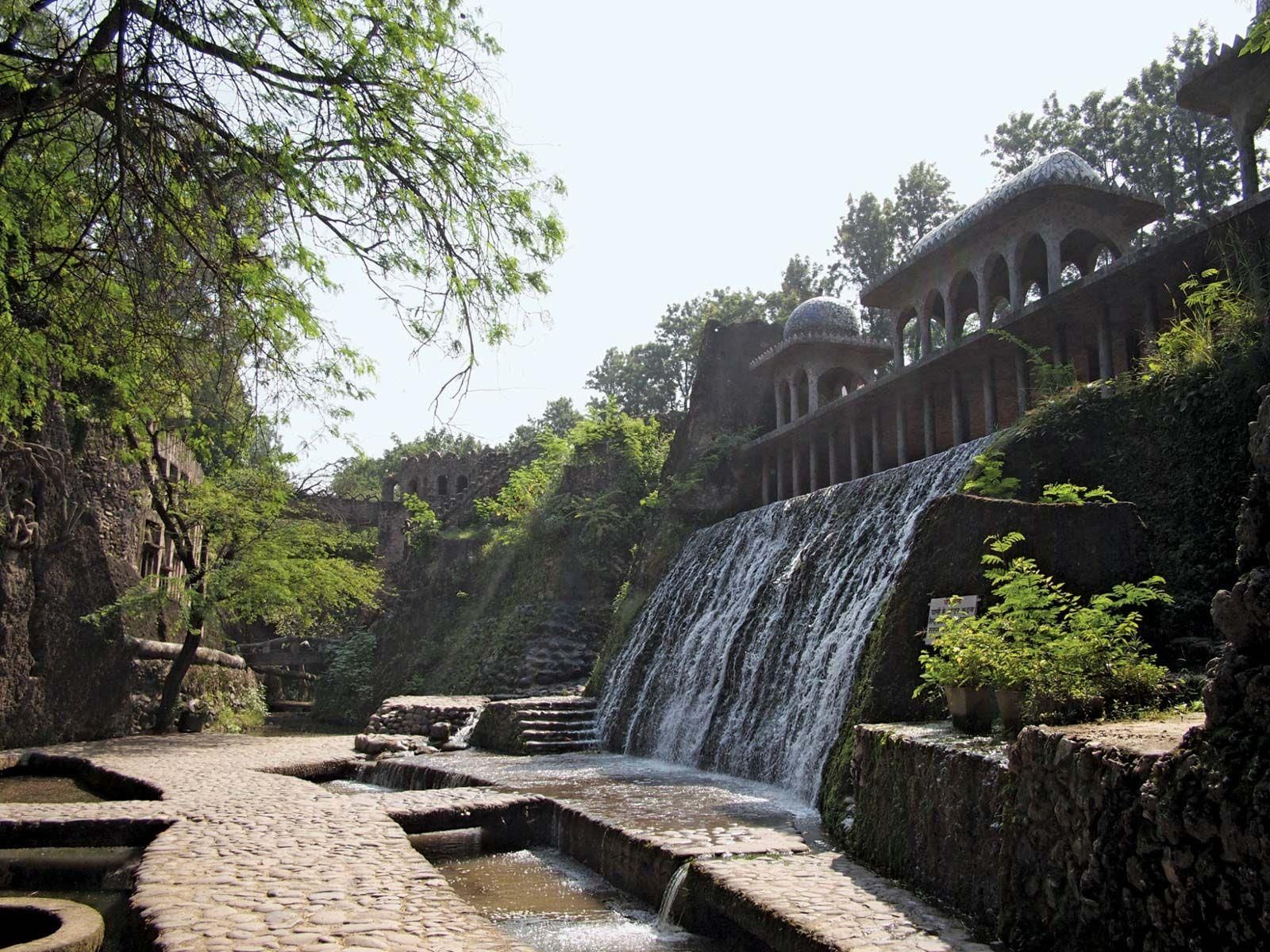
- Rivers: No river flows through Chandigarh.
- Vegetation: Common trees in Chandigarh are neem, keekar, khair, and shisham.
Delhi (UT)
Delhi is in northern India. Its neighbouring states are Haryana and Uttar Pradesh. New Delhi is an urban district of Delhi and the capital of India.
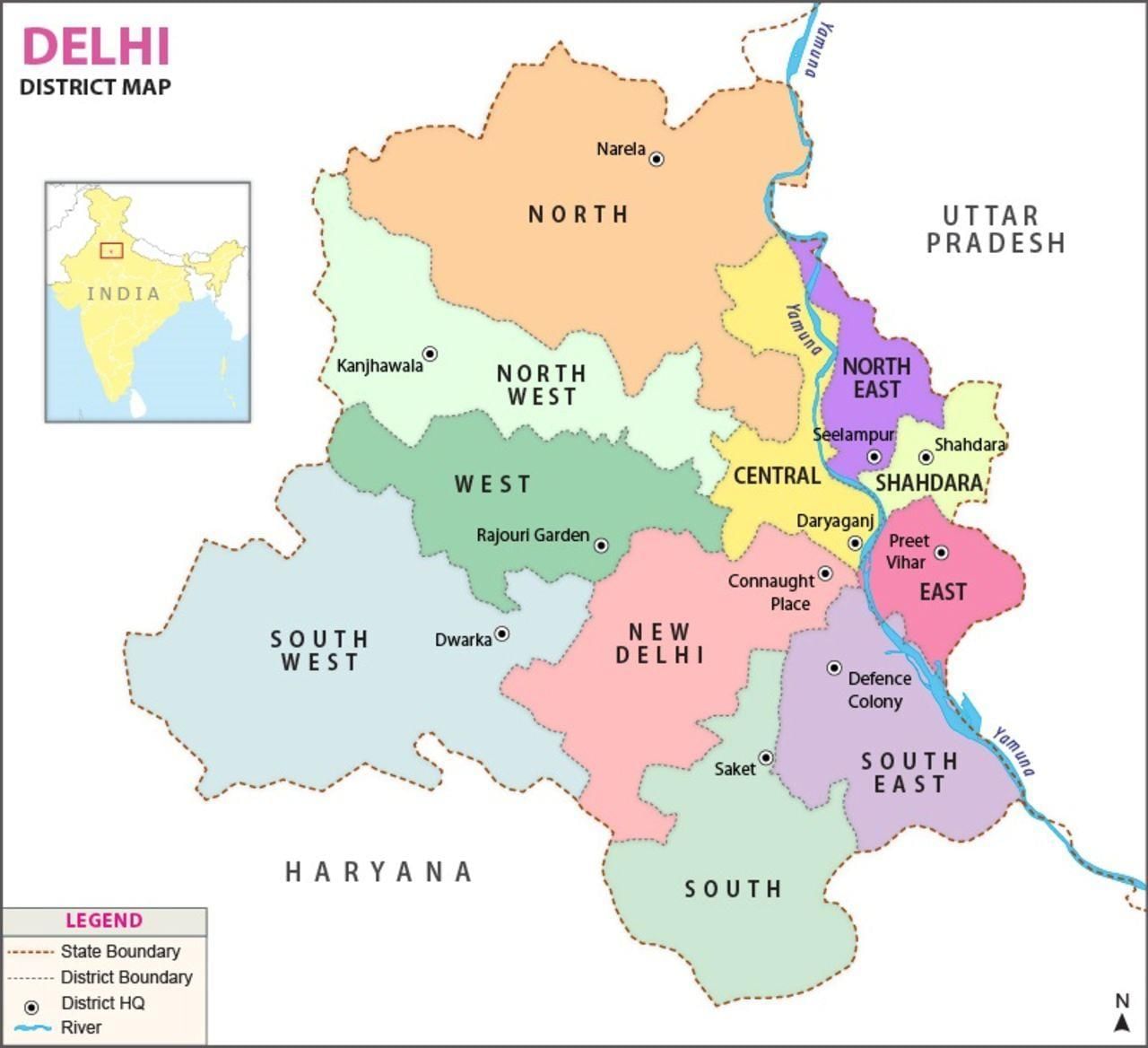
- Rivers: The Yamuna river flows through Delhi.
- Vegetation: Delhi has very little area under green cover. Common trees in Delhi are thorny shrubs and babul trees.
- Agriculture: Few crops like wheat and vegetables are grown in Delhi.
Fun Fact
- Chandigarh, the dream city of India’s first Prime Minister, Sh. Jawahar Lal Nehru, was planned by the famous French architect Le Corbusier.
- Sir Edwin Lutyens and Sir Herbert Baker are the architects who designed the city of Delhi.
Uttar Pradesh
Uttar Pradesh is in northern India. Its neighbouring states are Uttarakhand, Bihar, Madhya Pradesh, Rajasthan, Delhi, Himachal Pradesh, and Haryana.
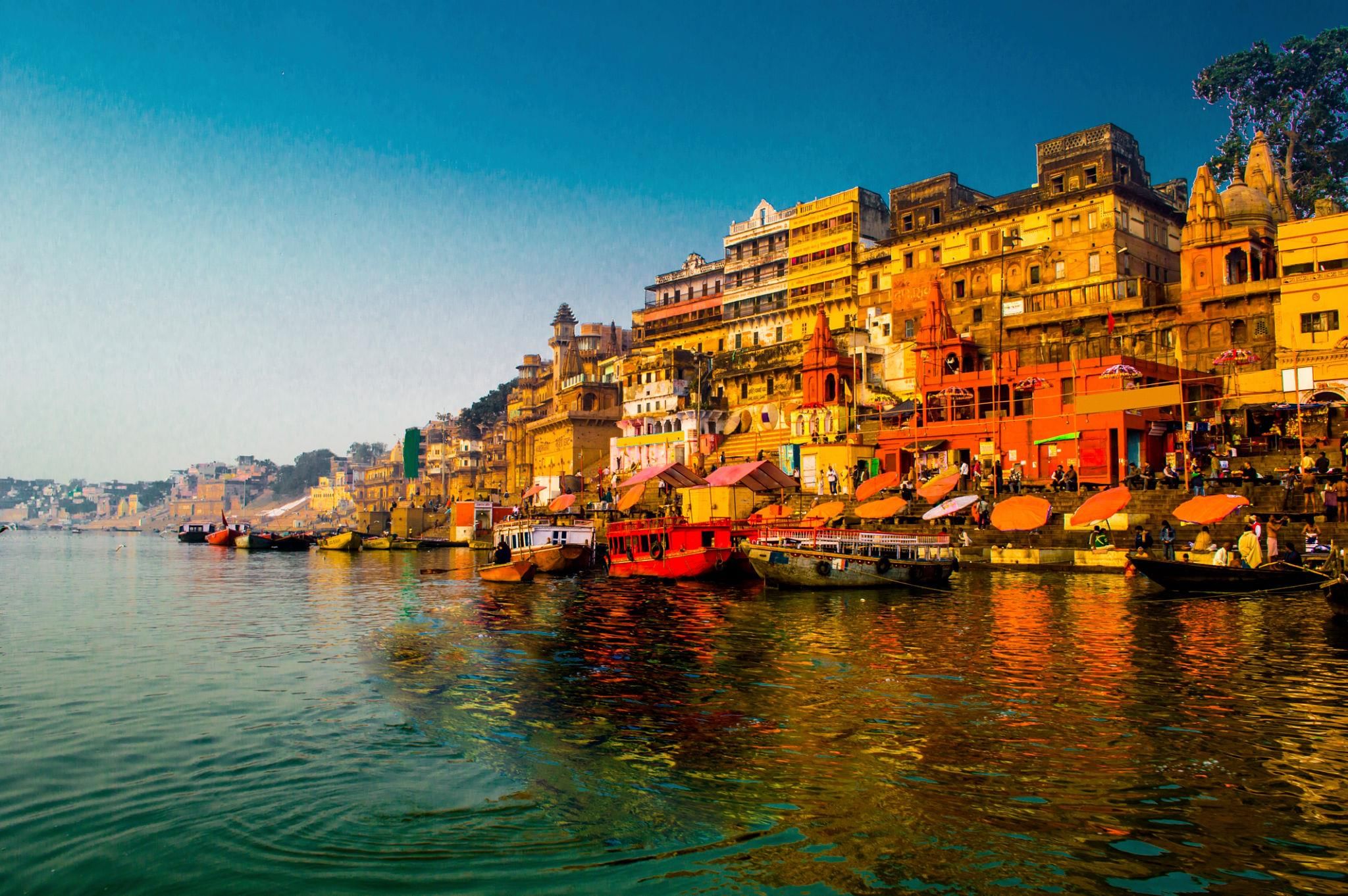
- Capital and Important Cities: The capital of Uttar Pradesh is Lucknow. Other important cities are Agra, Mathura (earlier known as Allahabad), Prayagraj, Kanpur, Varanasi, Noida, and Ghaziabad.
- Rivers: The major rivers in Uttar Pradesh are Ganga, Yamuna, Gomti, Ghaghra, Betwa, and Ken.
- Vegetation: Common trees in Uttar Pradesh are ashoka, sal, palas, amaltas, bel, neem, peepal, shisham, jamun, and babul.
- Agriculture: The main crops in Uttar Pradesh are rice, wheat, barley, millets, and sugarcane.
Bihar
Bihar is in the eastern part of India. Its neighbouring states are West Bengal, Uttar Pradesh, and Jharkhand.
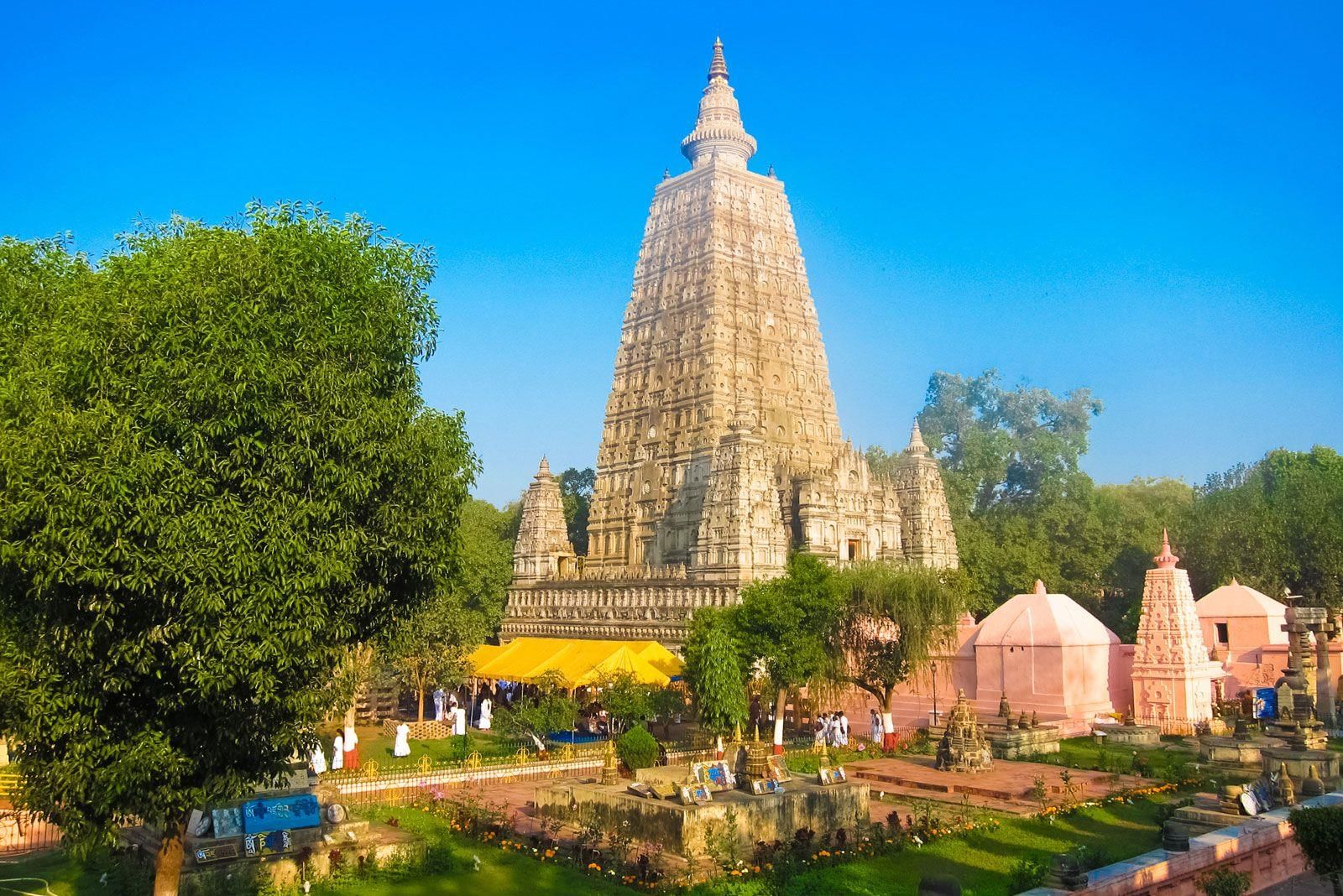
- Capital and Important Cities: The capital of Bihar is Patna. Other important cities are Aurangabad, Gaya, Darbhanga, Madhubani, and Nalanda.
- Rivers: The major rivers in Bihar are Ganga, Gandak, Kosi, and Son.
- Vegetation: Common trees in Bihar are sal, bamboo, arjun, bahera, mahua, and banyan.
- Agriculture: The main crops in Bihar are rice, wheat, maize, pulses, and vegetables.
Fun Fact
The word "Ashoka" is a Sanskrit word which means "something that is free from grief". This tree is considered sacred in India.
West Bengal
West Bengal is in the eastern part of India. Its neighbouring states are Jharkhand, Bihar, Sikkim, Odisha, and Assam.
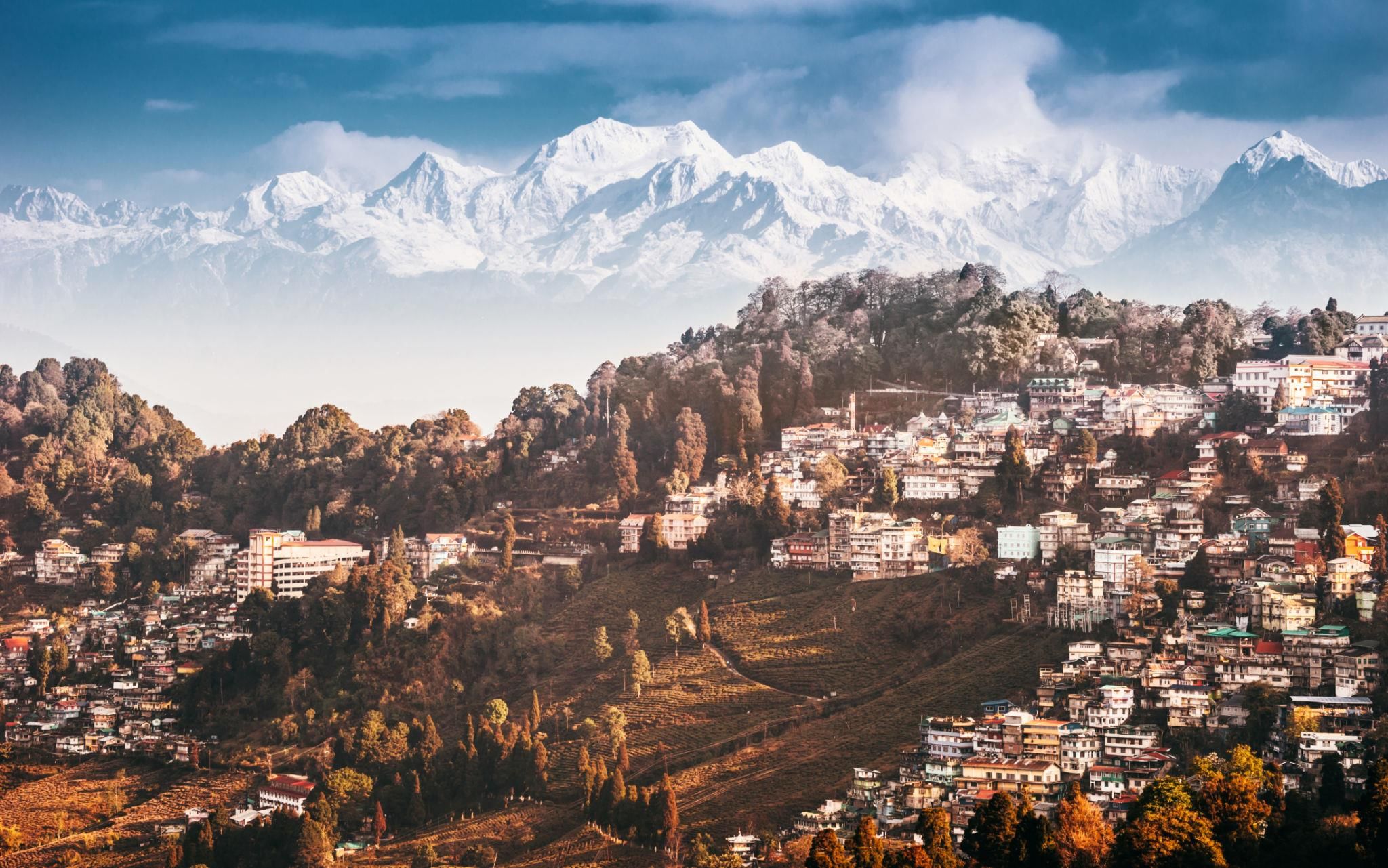
- Capital and Important Cities: The capital of West Bengal is Kolkata. Other important cities are Siliguri, Darjeeling, and Kharagpur.
- Rivers: The major rivers in West Bengal are Hugly and Damodar.
- Vegetation: Common trees in West Bengal are oak, palm, sal, and bamboo.
- Agriculture: The main crops in West Bengal are jute, rice, and potatoes. Other crops grown here are mango, jackfruit, and banana. The hilly region of Darjeeling is famous for tea gardens.
Assam
Assam is in the north-eastern part of India. Its neighbouring states are Arunachal Pradesh, Nagaland, Manipur, Meghalaya, Tripura, Mizoram, and West Bengal.
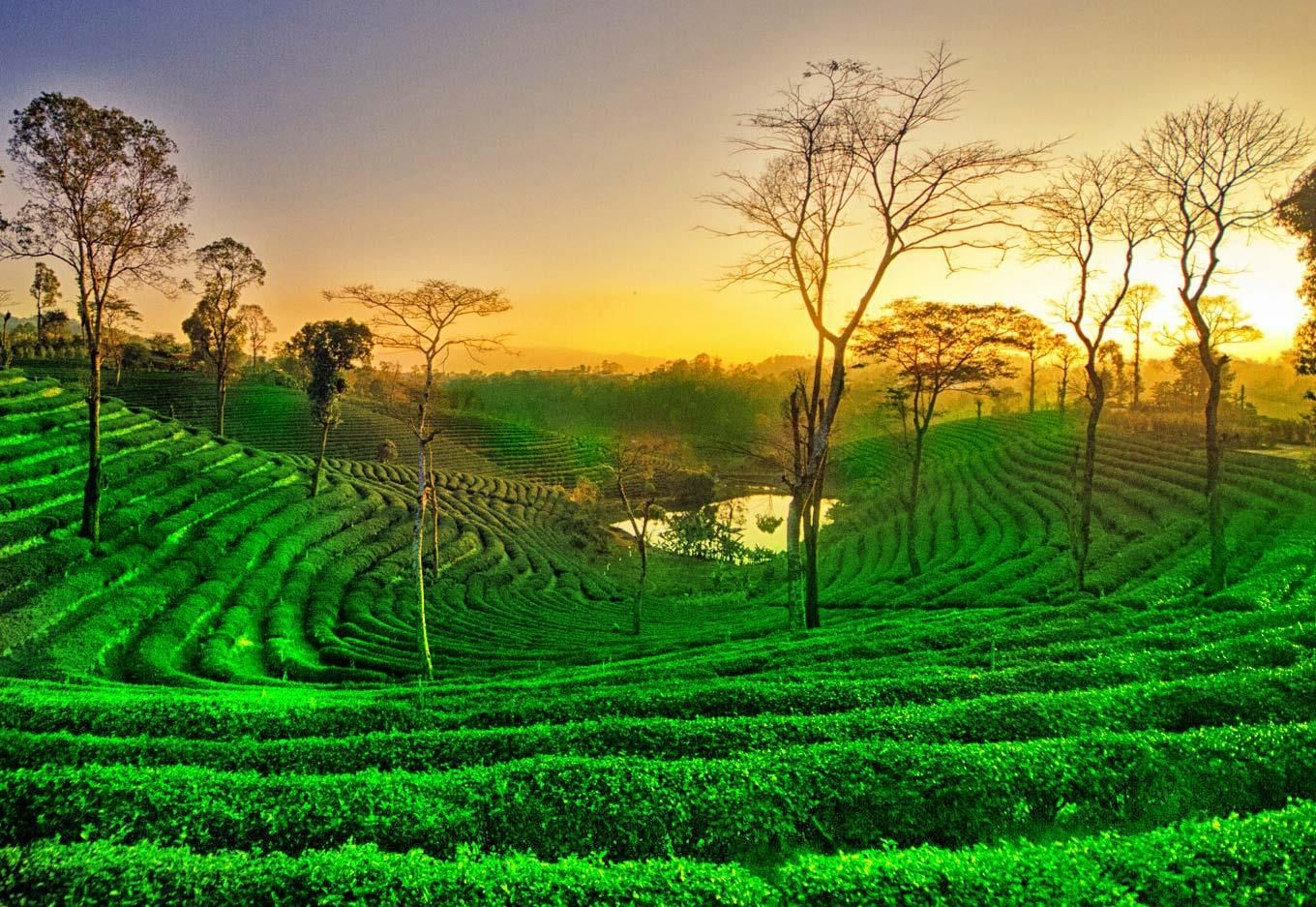
- Capital and Important Cities: The capital of Assam is Dispur. Other important cities are Guwahati and Dibrugarh.
- Rivers: The major river in Assam is the Brahmaputra.
- Vegetation: Common trees in Assam are shrubs, climbers, orchids, and ferns.
- Agriculture: The main crops in Assam are rice, wheat, pulses, potato, maize, tea, jute, oilseeds, and sugarcane.
States/UT
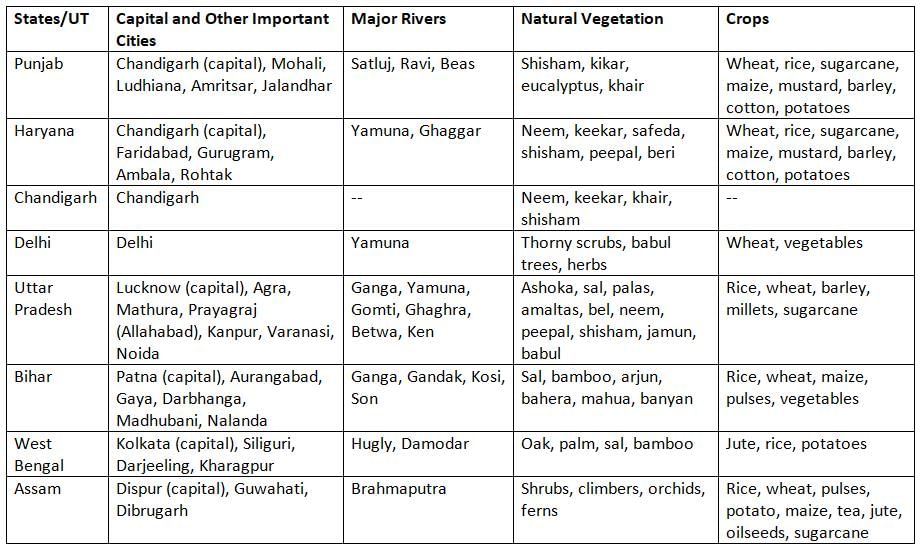
Points To Remember
- The Northern Plains lie to the south of the Great Himalayas.
- The states of Punjab, Haryana, Uttar Pradesh, Bihar, West Bengal, and Assam, and the UTs of Delhi and Chandigarh are situated in the Northern Plains.
- The states and UTs in the Northern Plains mostly have flat land with few patches of hilly areas.
- Mostly, states/UTs in the Northern Plains have hot summers and cold winters. They also get a good amount of rain during the monsoon season.
- The rivers, vegetation, and crops grown in the Northern Plains vary from state to state.
Glossary
- Northern Plains: A big flat area in the north of India where many crops are grown.
- Vegetation: The plants and trees that grow in a place.
- Agriculture: The work of growing crops and taking care of plants for food.
- Monsoon: The rainy season when a lot of rain falls in India.
- Capital: The main city of a state or country where the government works.
|
61 docs|16 tests
|
FAQs on The Northern Plains Chapter Notes - Social Studies Class 4 ICSE
| 1. What are the main states and union territories of the Northern Plains in India? |  |
| 2. Why are the Northern Plains considered important for agriculture? |  |
| 3. What role do the Northern Plains play in India's economy? |  |
| 4. How do the geographical features of the Northern Plains affect their climate? |  |
| 5. What are some challenges faced by the Northern Plains region? |  |
















